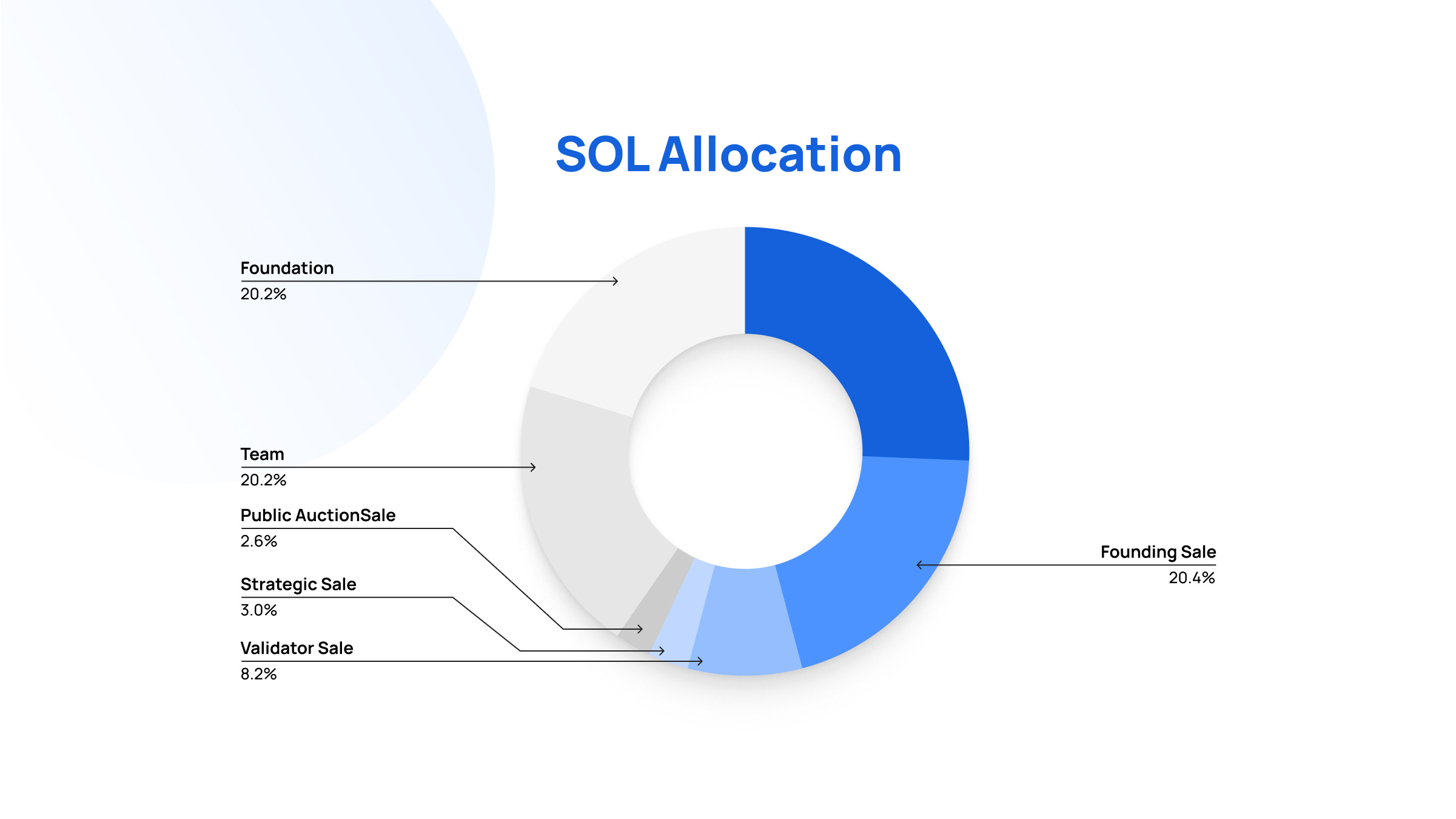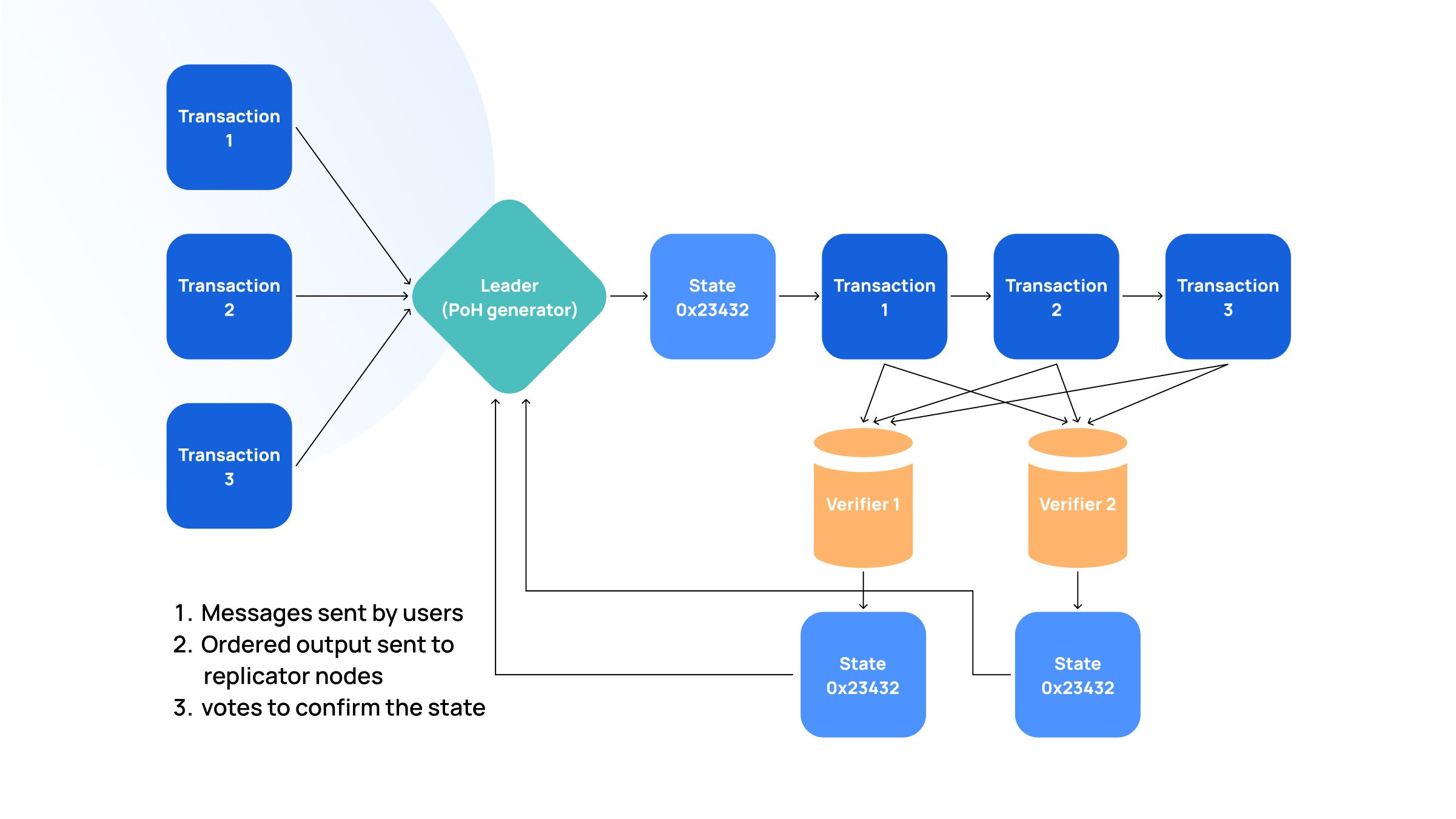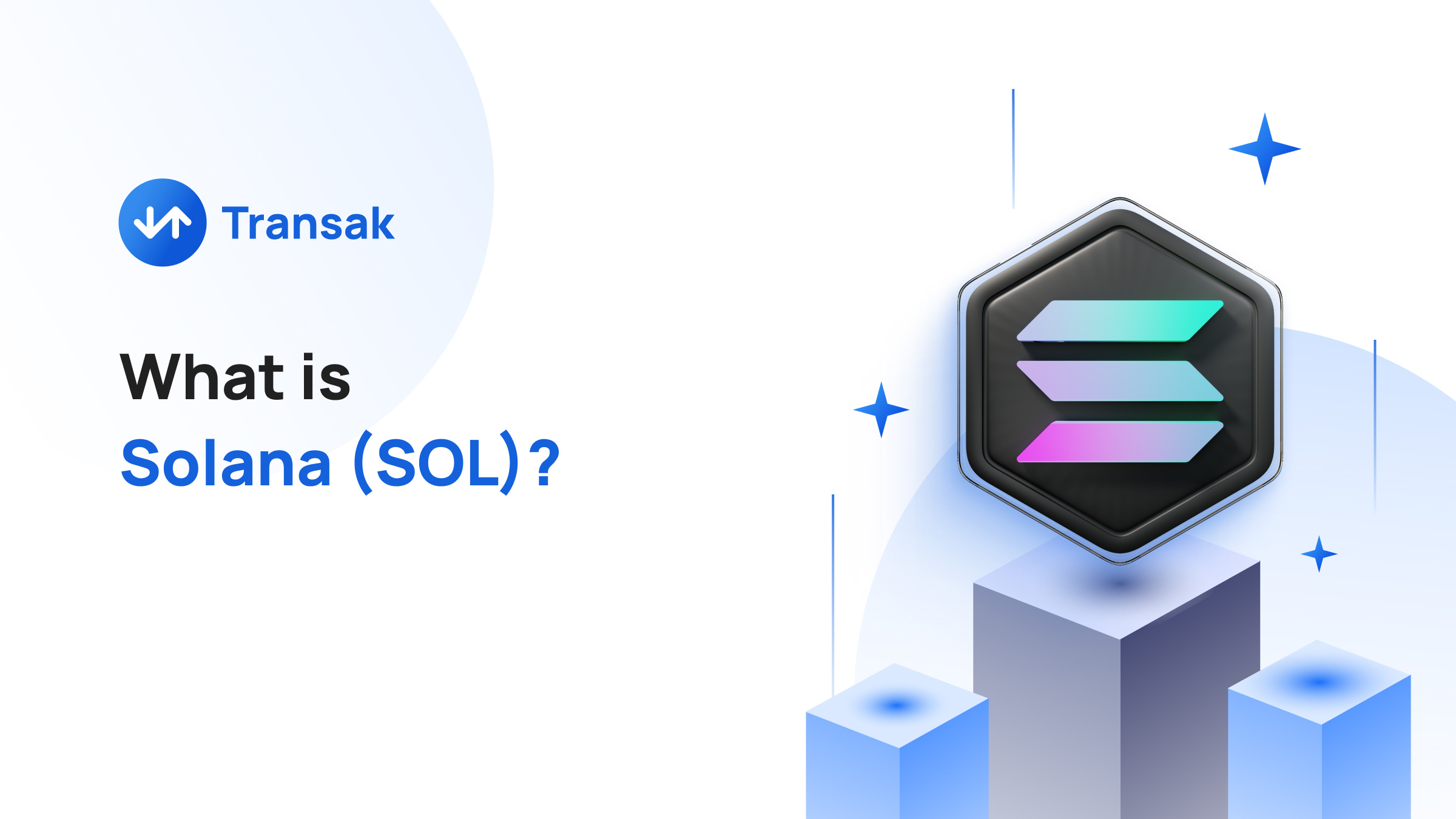Solana has gained popularity since its inception due to its speed, cost-efficiency, and scalability, which have fostered DeFi and NFT spaces.
The introduction of a groundbreaking consensus mechanism has helped Solana gain the likes of investors, developers, and crypto community members. The advantages of the Solana blockchain have led to the massive development of dApps in the crypto space.
According to DefiLlama, over $4 billion is locked in the Solana ecosystem. The network also has a significant presence in other areas, such as gaming, non-fungible tokens (NFTs), decentralized exchanges, and more.
_-2.jpg)
In this article, we will explore Solana and its native token, SOL.
What Is Solana?
Founded by Solana Labs in 2017, Solana is one of the most used blockchains in the crypto ecosystem. Solana aims to offer crypto projects lower latency and higher throughput while providing the best network security.
Anatoly Yakovenko is the creator of Solana, who introduced the concept of Proof of History (PoH). In November 2017, Yakovenko published the Solana whitepaper that mentioned details of a new architecture based on PoH for a high-performing blockchain.
As of June 2024, Solana blockchain has helped to mint over 340 million NFTs from its various NFT marketplaces such as SolSea, Magic Eden, etc. Not just that, with a block time of 400 milliseconds, Solana has helped its community to execute over 295 billion transactions and counting.
What Is SOL Crypto?
SOL is the native token of the Solana that powers numerous activities within the Solana ecosystem, such as:
- Staking: Crypto holders can stake Solana tokens on supported platforms to earn rewards and to help secure the network.
- Governance: Community members can use their SOL tokens to vote and participate in Solana’s various governance proposals that determine the growth and development of its ecosystem.
- Fee Payment: SOL tokens can be used to pay fees for activities such as payment transactions.
- dApp Access: SOL token holders can use available tokens to access supported dApps such as exchanges, NFT marketplaces, lending and borrowing platforms, and more.
Solana has over 578 million SOL tokens as a total supply, of which a major part of 38% of tokens is allocated for its community reserve.

Solana raised its Seed Sale in 2018 at an average SOL token price of $0.04 to create an all-time high price of over $260 in November 2021.
How Does Solana Network Work?
Solana blockchain works based on the Proof of Stake (PoS) consensus mechanism and Proof of History (PoH) algorithm. Here, Solana uses the PoS consensus mechanism to validate its blockchain transactions and reward the validators for confirming transactions.

On the other hand, Solana uses its Proof of History (PoH) protocol to verify the order of the blockchain transactions and the time taken between transactions. Solano also uses its built-in timestamp on its blockchain to remove the validator node communication and confirm transaction times.
With Proof of Stake (PoS) and Proof of History (PoH), Solana’s network architecture, along with the functioning of its efficient components, helps to provide low fees, faster transactions, and high throughput.
Solana Network Architecture
Solana network architecture consists of 8 major components:
- Cloudbreak: This feature allows the Solana blockchain to scale horizontally by network participation into small parallel chains to increase the transaction processing capacity.
- Gulf Stream: It’s a mempool-less transaction forwarding protocol allowing validators to forward transactions ahead to the expected leader.
- Proof of History (PoH): A cryptographic base clock reference that offers timestamps for activities on the Solana blockchain for verifications and audits.
- Tower BFT: Leverages the PoH with custom Practical Byzantine Fault Tolerance (PBFT) implementation to reduce latency and messaging overhead.
- Turbine: This consists of a block propagation protocol that addresses the blockchain scalability trilemma.
- Archivers: A distributed data storage solution aimed to solve the massive data storage the network generates.
- Pipeline: It is a transaction processing unit used by Solana blockchain for data optimization and validation.
- Sealevel: Consists of parallel smart contracts runtime with the capability of executing large numbers of contracts in parallel.
What Makes Solana Blockchain Unique?
The main factors that make Solana Unique from its competitors are:
- Faster Transactions: Solana is one of the fastest blockchains that exist, with a record high of 1504 transactions per second (TPS) in April 2024. Based on its theoretical capability, the Solana blockchain can offer more than 65,000 TPS.
- Low Gas Fees: According to the official website, Solana only charges a median transaction fee of around $0.00064. This transaction fee is much lower compared to its competitors like Ethereum, where the average fee spiked to a high of over $25 in March 2024.
- Smart Contract Capabilities: Rust is the programming language that Solana uses for writing its smart contrast and also supports other languages like C and C++. Additionally, a beta version of Seahorse, an open-source project led by the community, is working to facilitate developers in building on Python.
- Developer-Friendly Approach: Developers are offered adequate tools and resources to build on the Solana blockchain. Solana Foundation offers boot camps and learning resources such as guides and tutorials to help new developers in the Solana ecosystem.
Conclusion
Since its inception in 2017, Solana has faced numerous setbacks, including network attacks and hacks. However, with the continuous development and the support of its efficient team, Solana still stands tall in the crypto space.
Faster transaction fees and minimal fees are among the most competitive advantages of the Solana blockchain. Moreover, with the launch of various innovative Dapps, this blockchain succeeds in creating a strong community.

